Ayamonte on the Costa de la Luz, in Huelva province is as far west as you can travel in Andalucia. At the estuary of the Rio Guadiana, the border between Spain and Portugal.
By Nick Nutter | Updated 22 Sep 2022 | Huelva | Villages |
Login to add to YOUR Favourites or Read Later
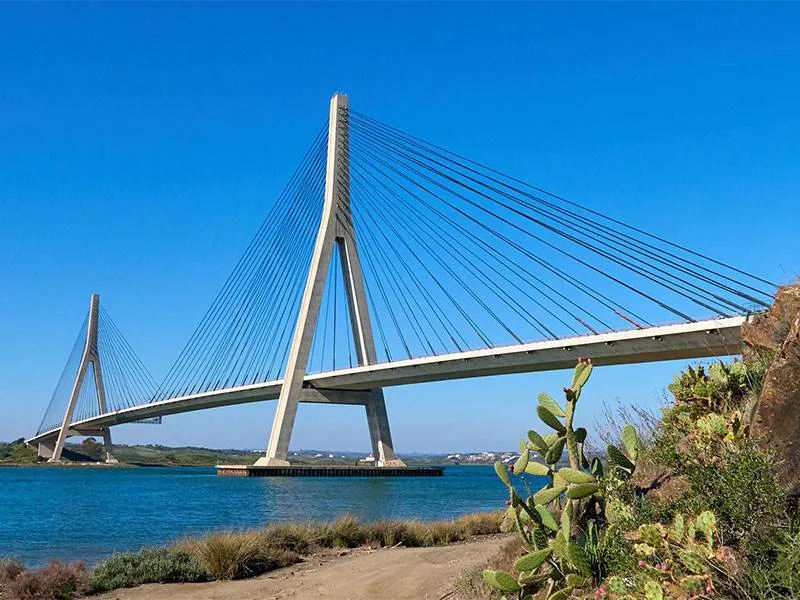
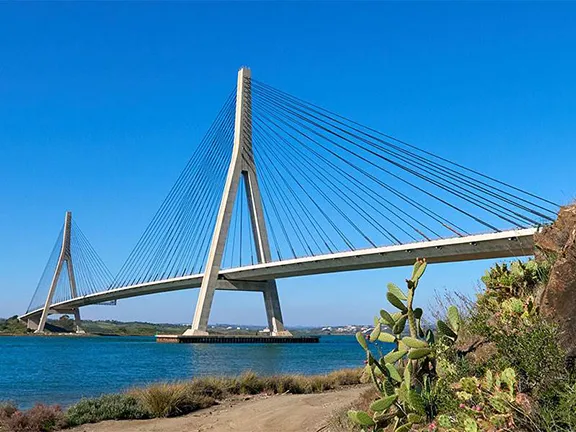
Guadiana International Bridge
Ayamonte is as far west as you can travel without leaving Andalucia. Only the Rio Guadiana separates the town from Portugal. Until 1992, the car and passenger ferry at Ayamonte was the only viable option for crossing the river; the first bridge was some 70 kilometres north at Rosal de la Frontera. Today there is a spectacular cable-stayed bridge a couple of kilometres north of Ayamonte, grandly called the ‘Guadiana International Bridge’. At 666 metres long it is the third-longest bridge in Spain. The ferry still makes its nostalgic 15-minute journey back and forth between Ayamonte and Vila Real de Santo António in Portugal.
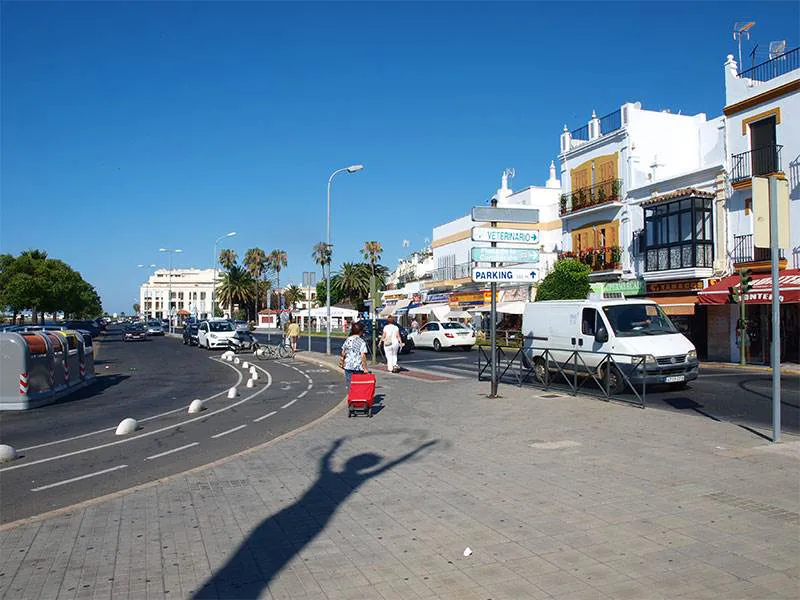
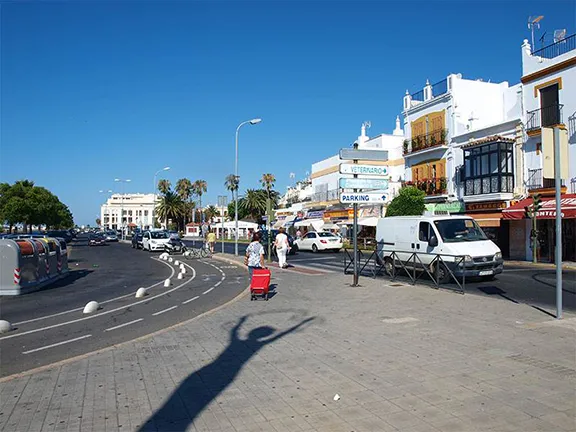
Ayamonte town alongside the marina
Ayamonte is closely linked to Portugal in many ways, not least the gastronomy of the area, which has a definite Portuguese character to it. You will find ‘bacalao a la Portuguesa’ (Portuguese cod) alongside boquerones and ‘arroz con castañas’ (rice with chestnuts) next to paella. Back in the 13th century, the reconquest of Ayamonte was accomplished by King Sancho II of Portugal, and the town became part of Portugal. The border between Portugal and Spain was established by the Treaty of Alcañices in 1297. It is one of the oldest borders in the world and with a total length of 1,214 kilometres, it is the longest uninterrupted border in the European Union. Ayamonte was passed over to Spain in 1335, and the Treaty of Alcañices was tweaked a little to accommodate the move.
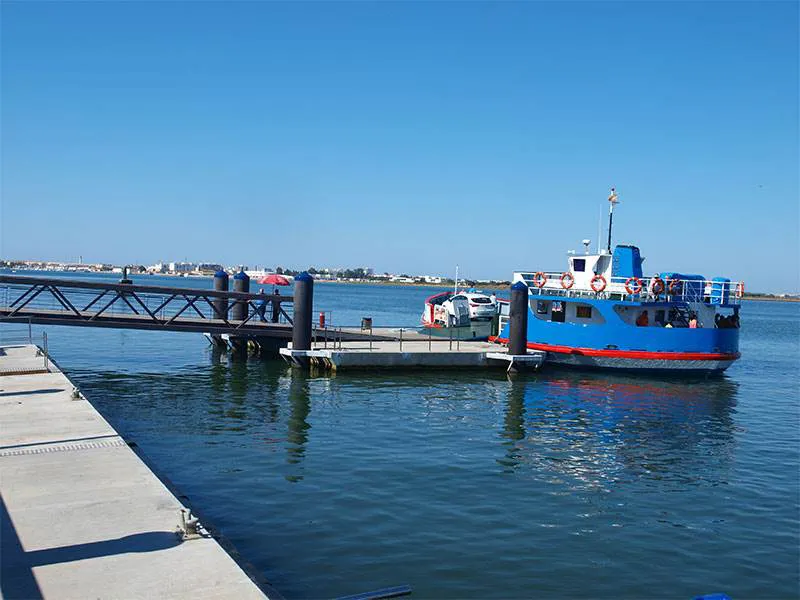
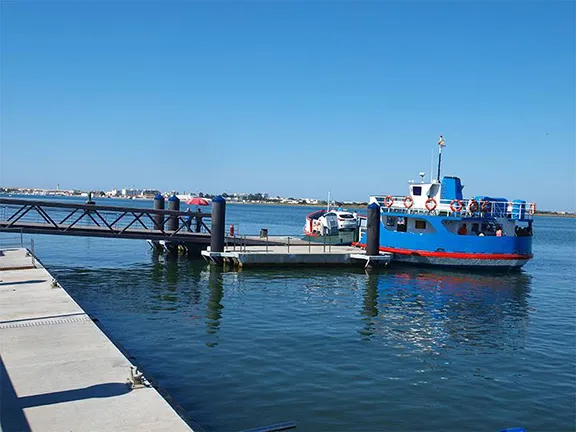
Ferry 'cross the Guadiana
Memories are long in this part of Andalucia. In September each year, a festival takes place at Ayamonte that celebrates the links between the two countries. The local band, ‘Banda Ciudad de Ayamonte’ and the Portuguese ‘Banda da Sociedade Filarmónica Progresso e Labor Samouquense’ from the Portuguese village of Samouco, near Lisbon, enthral crowds from all over Portugal and Andalucia.
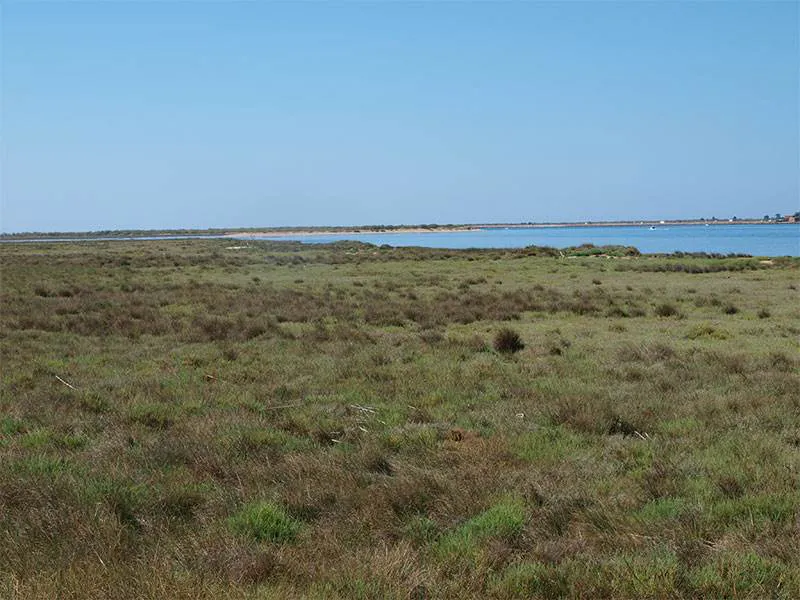
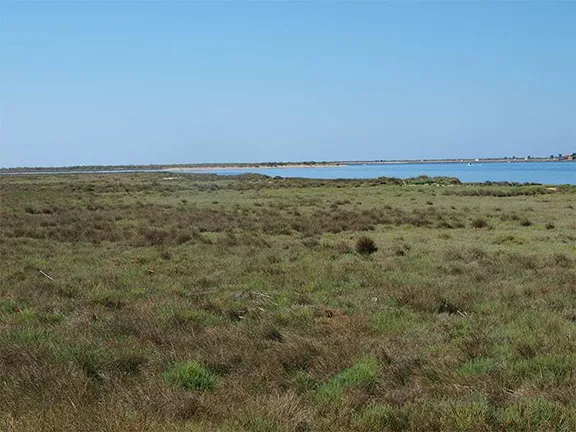
Marismas on Isla Canela
Despite its proximity to the sea, Ayamonte was, until the industry’s decline in the 19th century, predominantly an agricultural town. It was only then that the inhabitants turned to fishing. Until that period, there seems to have been a great deal of toing and froing between one side of the river and the other. Ostensibly it was agricultural produce heading west and fish east. Rumours abound of other cargoes that made the crossing, the Guadiana became known as the ‘Smugglers Route’. The locals’ initiatives to balance the economies of the Algarve and the Costa de la Luz continued unabated until 1940 when a Customs post was built in Ayamonte. Or did it? You can spend a pleasant hour or two in bars either side of the river discussing the contrabanistas.
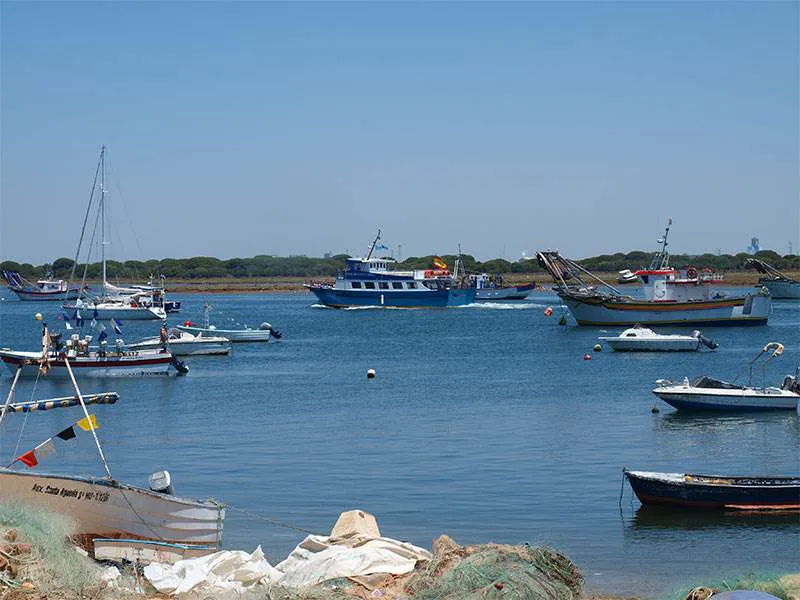
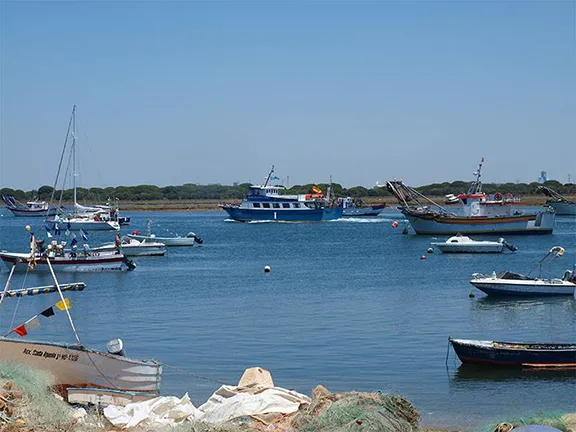
Rio Guadiana at Ayamonte
Today, Ayamonte is a pleasant town in which to take a stroll. The central area with shops, bars and restaurants is designated a pedestrian area. The narrow streets that wind through the Mediaeval part of town link any number of plazas, each with its quota of cafes. On the northern edge of the town, on a low hill, overlooking the river, is the modern Parador Hotel. The hotel is built on the site of the 13th-century fortress that was built by the Order of Santiago, a religious – military order that was founded to defeat the Muslims and protect pilgrims on their journey to Santiago de Compostela.
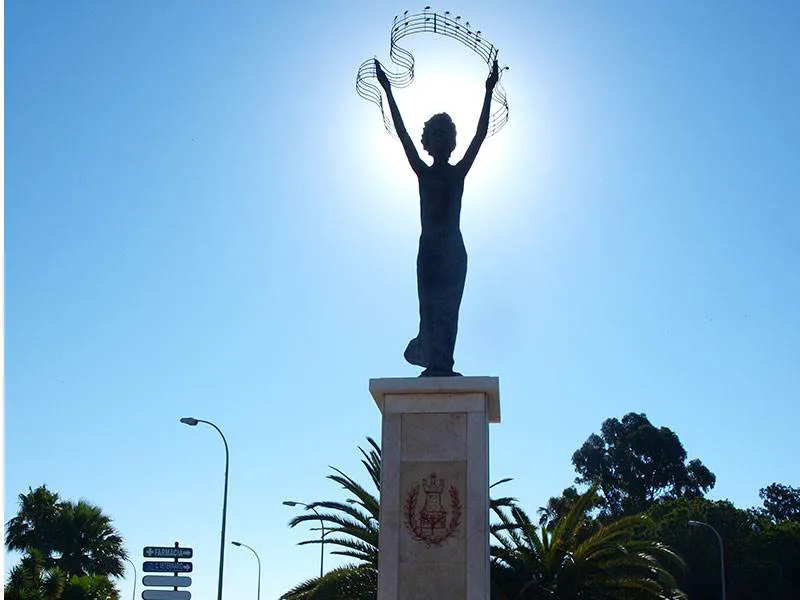
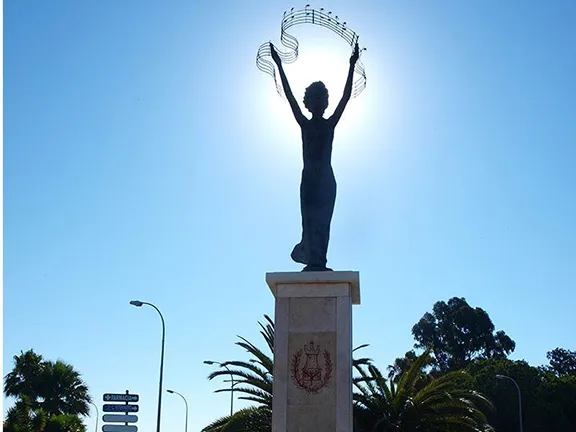
On a musical note
To the south of the town is the marismas area called Isla Canela. The marismas is a haven for birds, and the southern edge is seven kilometres of white, sandy, blue flag beaches. There are several walks through the marismas, the majority of which has been preserved. At the eastern end of the Isla Canela there are hotels and urbanisations and, right on the far side, the Marina Isla Canela.
The marismas drains through water channels called esteroes. One, the Estero de la Rivera, runs into the Rio Guadiana through the middle of Ayamonte town. There it has been widened to create a modern marina. It is from here that the ferry departs for Portugal.